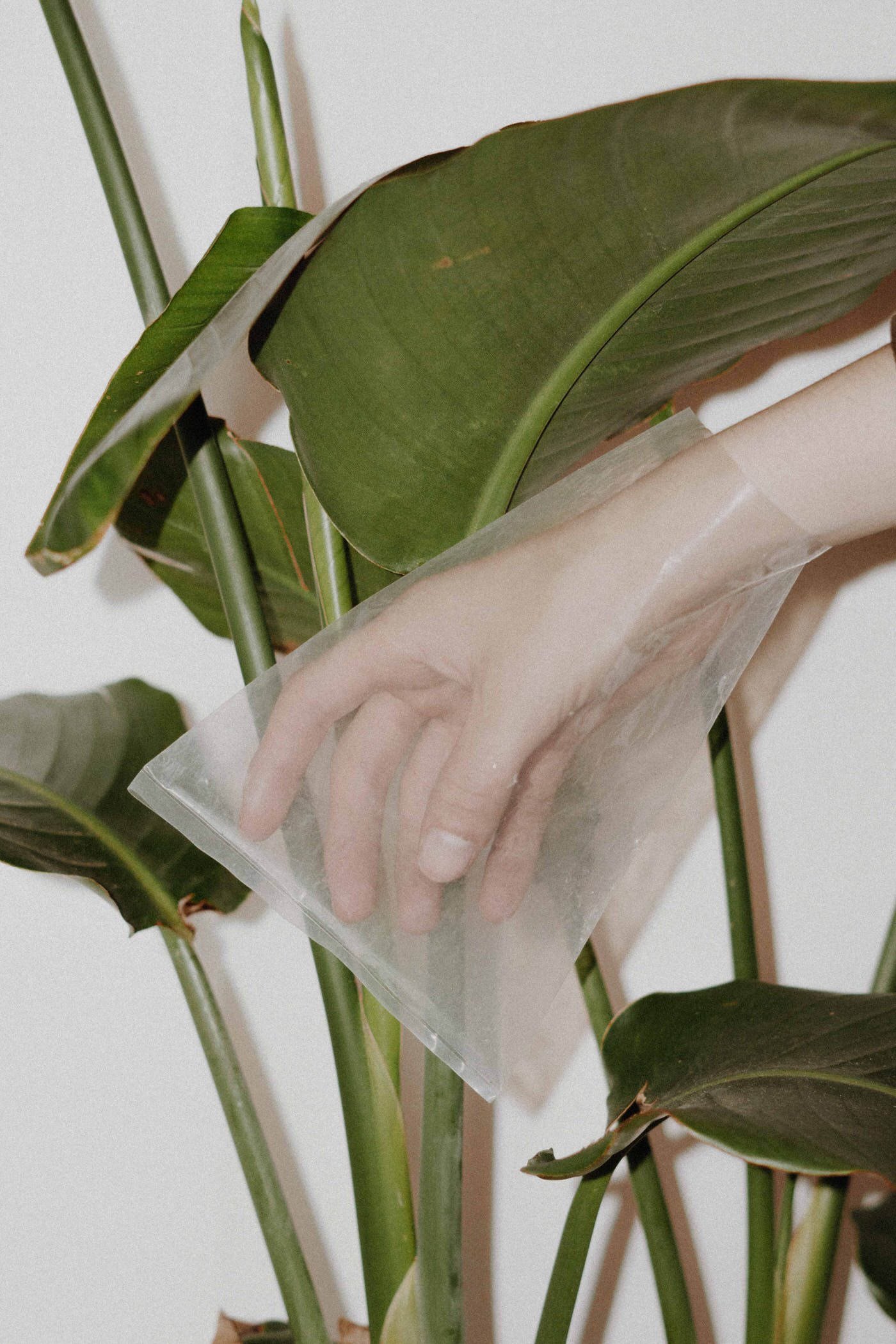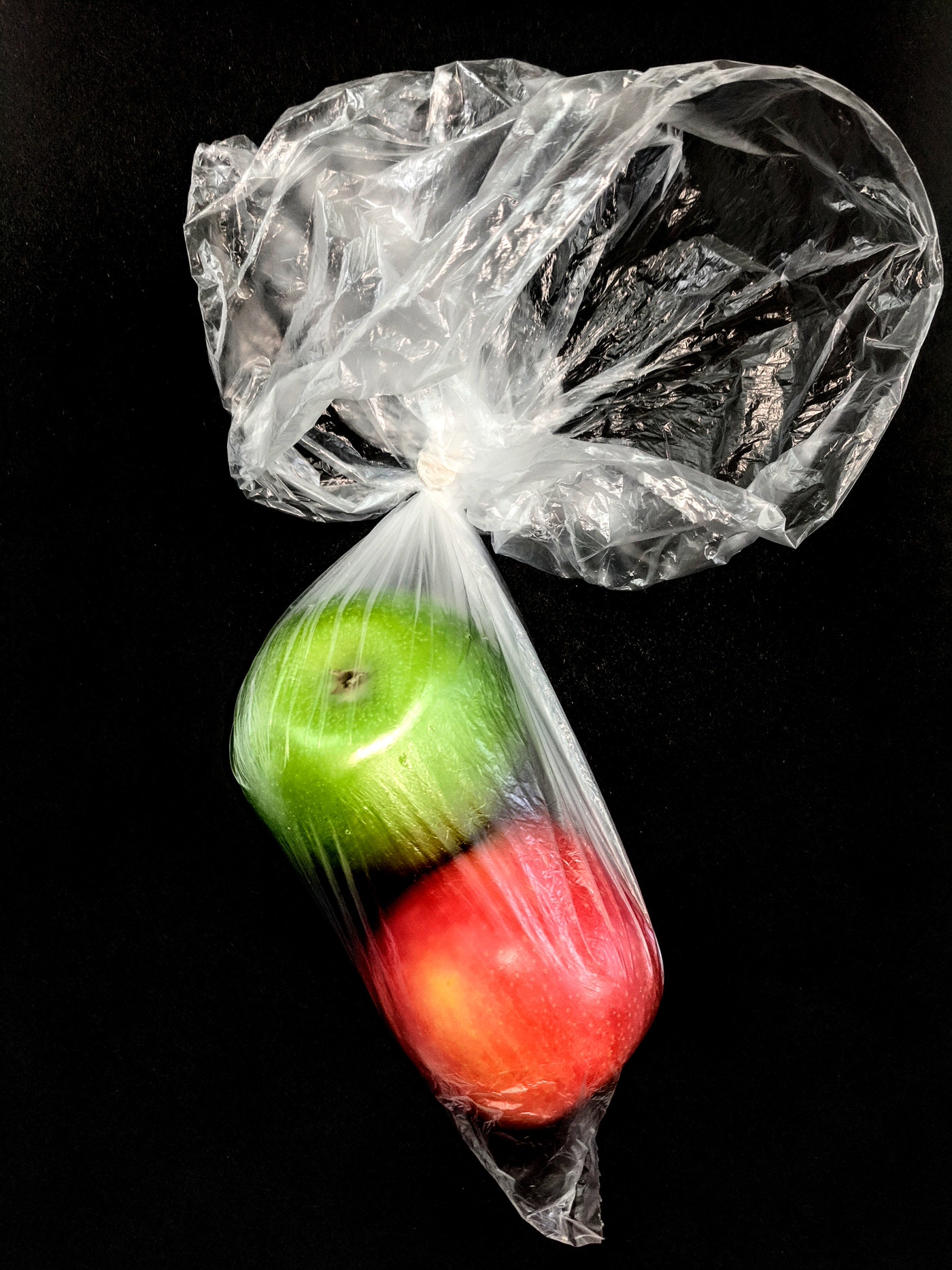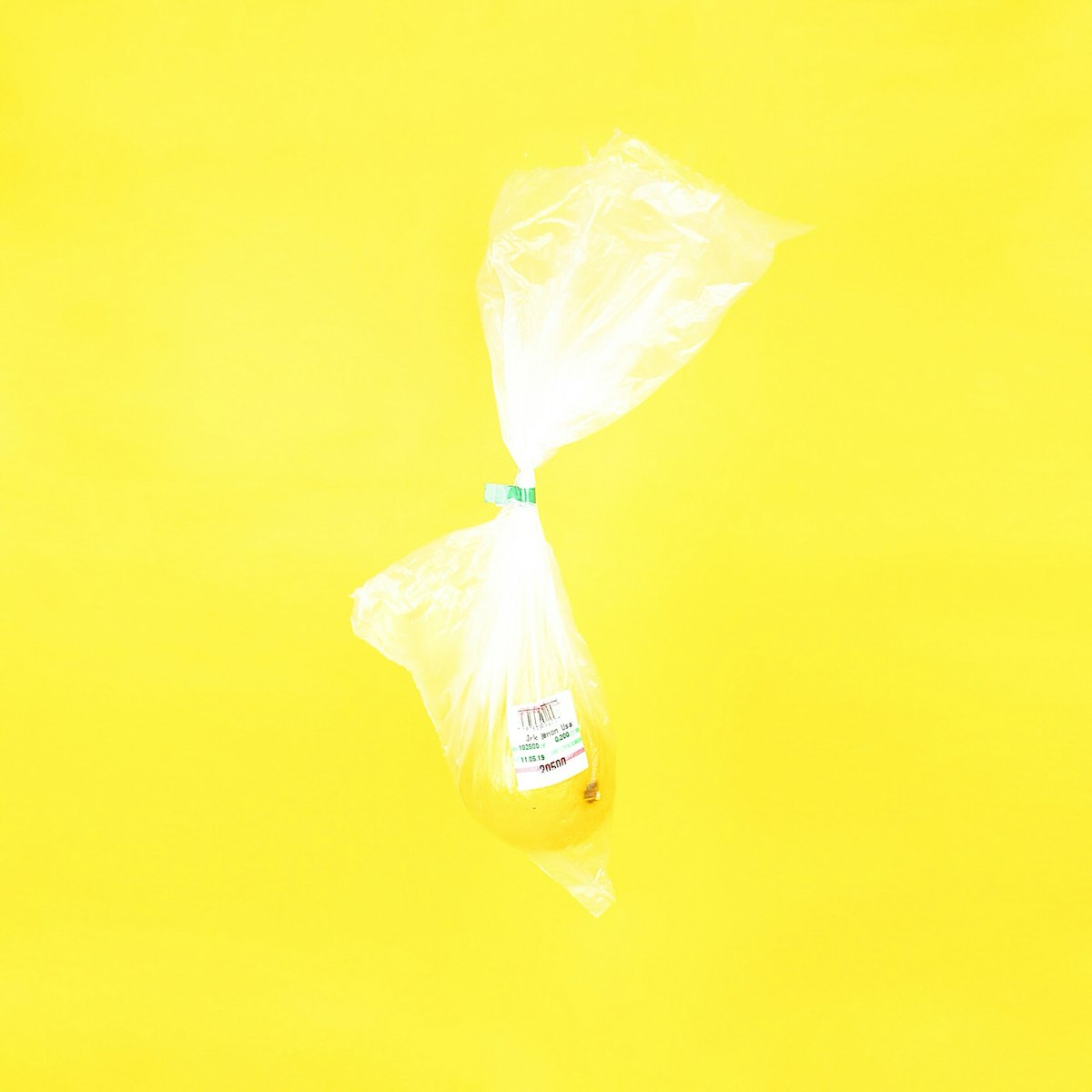Ocean plastic is becoming a growing concern, but while awareness is rising, so is the production of plastic. A staggering 8 billion tons of plastic makes its way into the ocean every year. Last summer, I went in search of this plastic, sailing along the Pacific Northwest coast to sample the ocean, seafloor, and air for micro and nanopolastics. Unfortunately, I found what I was looking for – not one sample was free of plastic.
I was one of 14 women with a mix of professional backgrounds from science to history and media. Why an all-women crew? The organization eXXpedition, focuses on “making the unseen seen”. This not only refers to the toxins in our seas, but also making women more seen in male dominated industries such as STEM, photography, and filmmaking. The co-founder, Emily Penn, also decided to make these voyages women-only because plastic affects our health differently and in her experience, it changes the dynamic significantly. Not to mention - a group of women who are all taking up space in their fields, empowering each other through important research, working on potential solutions to fight for our health and future, is powerful. It’s the elements for world-altering change.
Plastics contain chemicals that classify as endocrine disruptors.
They can mimic hormones and interfere with the endocrine system, which can cause a variety of health problems from auto-immune disorders to fertility problems, and neurological issues. What’s more, women (who are able and choose to have kids) pass down their chemical body burden to the next generation during gestation and through breastfeeding.

Why are we still using plastic if there’s such a big health risk?
Notice how in the previous paragraph I had to phrase it as “can cause”? Different manufacturers use different “cocktails” to make their plastics. The sources of monomers, solvants, initiators, catalysts, and additives will vary by grade of plastic, color and intended use. Now depending on say, if a fire-retardant is used, the potential health effects will differ.
Plastics and their health risks get to hide under this umbrella of chemicals; chemicals that we may also be exposed to from other sources. Add in the fact that people can be pre-dispositioned to disease and disorders (genetically or through lifestyle), and that manufacturers, depending on the country of operation, may not have to disclose their ingredients, and you can see how big of a loophole there is. This gaping hole is where the big corporations take refuge from responsibility.
A lot of the chemicals used in plastic production have only been mass produced for about the last 70 years, making them relatively new in terms of what we know about their effects on us and the environment.
But the good news is, studies are growing. Hopefully, the uptick in public interest will mean more funding for the scientists working to understand the risks.

How can we reduce plastic production and protect our health?
First, it’s important to recognize that the majority of plastic production is rooted in consumerism. Many of these wasteful, single-use plastic items have been marketed to us as a need when they’re really not. Let yourself run out of cling wrap and you’ll see how fast you change the way you store your food. Plate over a bowl? Easy. You don’t have to go out and buy a metal straw to replace the plastic version, most of us can simply stop using straws. Reducing your plastic use does not need to be Instagram-worthy, costly, or complicated.
But it pays to recognize where your biggest plastic footprints are. For example, if you eat commercially caught seafood you’re contributing to 40% of ocean plastics. Or if you buy clothes made out of the country, most of the time the items have been individually wrapped in plastic before hitting the shelves.
There’s so much waste hidden up the supply chain that we as consumers don’t see.
So while you may have switched to a reusable mug (which is great!), you still may be contribution to plastic pollution in a big way, without even knowing it. Educating ourselves and making changes can feel overwhelming. To keep it simple I ask myself these questions before a purchase: “Can I make do without it? Can I get it fixed? (If it’s a replacement.) Can I buy it used? Can I get it made of or packaged in biodegradable materials?” Becoming mindful about what we consume and the impacts of our consumption is the first step in creating long-lasting change.

What can we do to protect our communities and the environment?
There’s not a single one of us unaffected by plastic. Coastal communities may live with the most visual reminders and highest environmental impact, but in a study released earlier this year, the most common source of microplastics in human feces came from synthetic clothing fibres and plastic food wrap. Not even the air we breathe or water we drink is free of plastic. It’s going to take wide scale change to protect our collective future.
That’s where you come in. Yes, you. If you’re over here on the Yellow Co. blog, I’m betting you are one talented and thoughtful individual. You have what Emily Penn calls a “super power”. You’ve just learned about the threats of plastics because of mine, storytelling.
There is a whole spectrum of problems that need to be solved when it comes to plastic pollution, from legislative bans and regulations, to changing the way we design packaging. Your super power fits in somewhere, you just need to figure out where. So as you go about the rest of your day, ask yourself, “What skills do I have, and how can I use them to affect change?”
